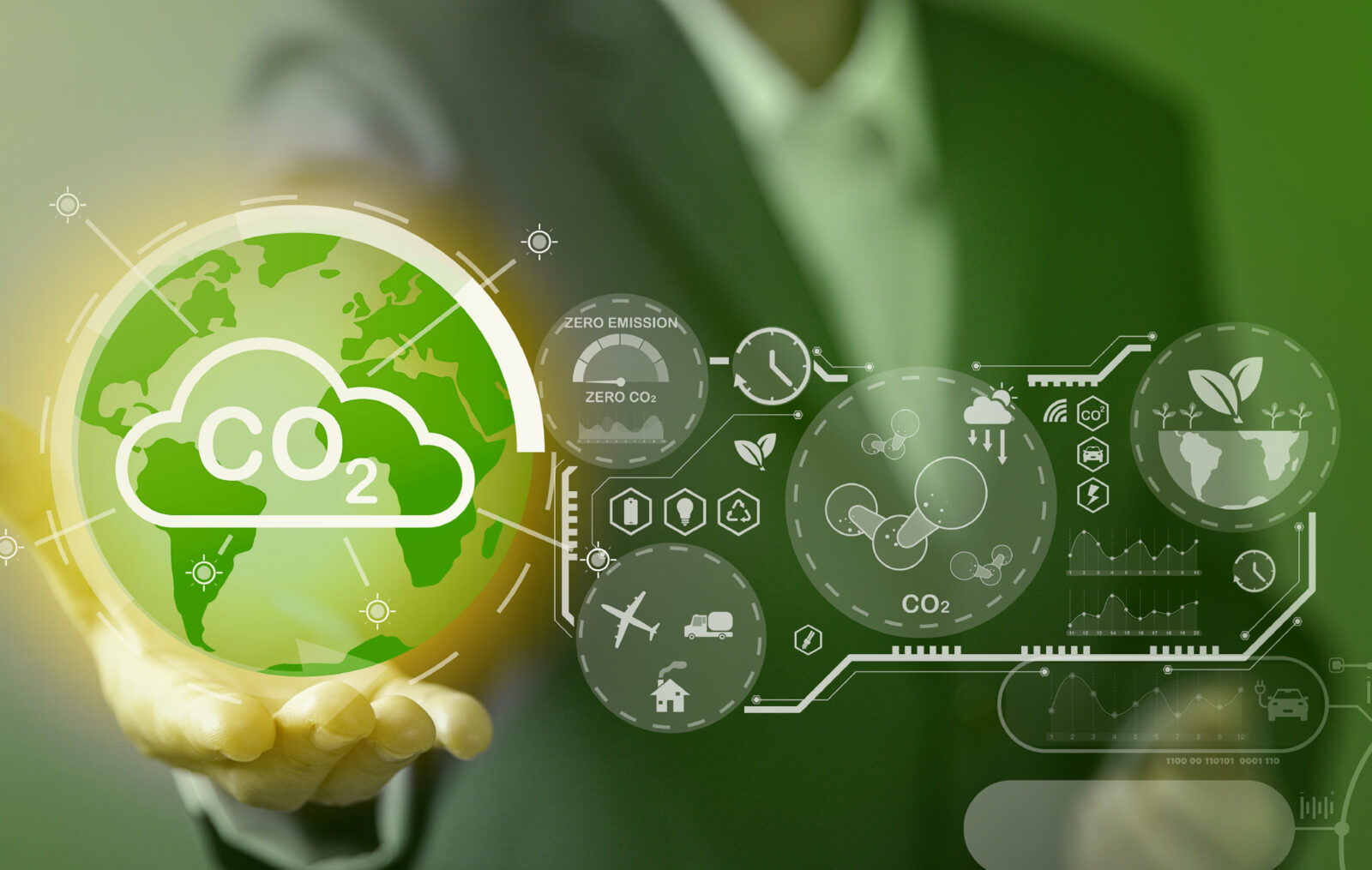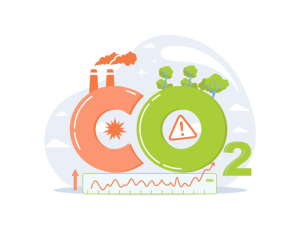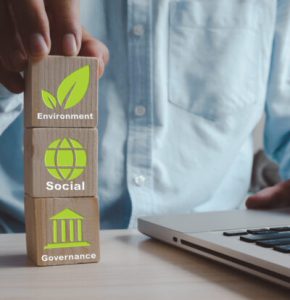How can the pharmaceutical sector reduce its carbon footprint?
Global supply chains across multiple sectors produce large amounts of carbon, from CO2 created during manufacturing, through fossil fuels burned in transportation, to emissions from storage and distribution.

However, many sectors – including the pharmaceutical sector – are starting to realise that reducing the carbon footprint provides a competitive market advantage in several ways. These include avoiding fines associated with excessive carbon emissions in the supply chain, reducing potential carbon taxes based on how much CO2 is produced, enhancing brands in the eyes of sustainably minded consumers and leads to efficiencies elsewhere in the supply chain.
Therefore, what can the global pharmaceutical sector do to improve its ESG credentials when it comes to reducing its carbon footprint?
Local production and sourcing
According to a McKinsey report on consumer packaged goods companies, more than 80 percent of the overall emissions come from getting a product from the source to the end customer as part of the supply chain. Of this, most CO2 emissions come because of electricity and heat, transport, and manufacturing.
While there is a still an overwhelming reliance on geographies such as China for the supply of much of the globe’s medication, the Covid pandemic saw this pattern start to shift.

We are now seeing a move towards local production and sourcing through the repatriation of supply chains into Europe and the USA. This repatriation is a big deal for the future of the pharmaceutical sector. It signals confidence in the capabilities of Europe, resulting in ongoing investment into the continent. This will result in job creation and a renewed interest in the brand-name of Europe as a global centre to produce essential pharmaceuticals.
It will also result in much tighter processes, less global transportation – by land, sea, or air – and have the positive overall effect of producing much less CO2 emissions.
Technology
The global Covid pandemic has resulted in more emphasis being placed on the technology that sits behind many pharmaceutical processes – which, in turn, is lowering CO2 emissions.
The installation of open and modern IT Systems across the sector, especially in specific areas such as track-and-trace serialization, means there is a reduction in the amount of cumbersome infrastructure that is needed. This immediately reduces the amount of CO2 being directly produced from this equipment, plus there is less need for technicians to travel to routinely repair and service it.
Together with the introduction of this technology comes the implementation of CO2-efficient processes on the shopfloor, including predictive maintenance and better overall utilization of the specialist equipment.
Tracking carbon emissions across the supply chain
Once a more localised supply chain has been established, pharmaceutical companies should take steps to measure and track emissions data which will benefit multiple aspects of their business.
For example, by gaining a full overview of every single item of reusable packaging, drugs producers will theoretically be able to calculate the CO2 footprint per item, together with savings in packaging materials.
Expiry date tracking throughout the supply chain and dynamic expiry date calculations will also serve to reduce waste. There will also be less items being returned – with a corresponding reduction in the need to transport these returns, and less burning of all the fossil fuels this returns process usually demands.
And of course, one of the ultimate aims of track-and-trace is to reduce the volume and value of counterfeits. In addition to the biggest danger of all – potentially killing people and damaging the planet – the manufacture of fake products often breaches sustainable production and working conditions standards.
ESG
All firms within the pharmaceutical sector should now be treating ESG as a cornerstone of their business.
The UN Charter on sustainable development is a clear example of moves that are being established to ensure a safer and more responsible world which we can all enjoy. All firms should be familiar with its contents and should be doing all they can to adhere to them for any future collective battle against a global pandemic.
We at advanco have made it a priority to understand the Charter and have already implemented several steps to ensure we are doing all we can to protect the world’s natural resources – and we implore you to do the same.
Utrace case study
Advanco’s partner Utrace, which provides track and trace solutions across different sectors, provides a useful example of what specific actions can be used to reduce a carbon footprint.
One of the products Utrace works with are one-litre containers of milk. The product uses FSC packaging, designed to protect forests across the globe for future generations, while the production stage uses 30% renewable energy and energy-saving production lines. The storage process sees the product housed in the most appropriate temperatures, meaning the storage time is reduced by an average of four hours.
Add to these processes a smart transport solution and the result is a much-reduced carbon footprint
.
Conclusion
The pharmaceutical sector needs to address the amount of CO2 it produces.
Although it isn’t immediately pictured by most people as an industry that belches out waste chemicals and damages the world around us, it is causing significant damage to the planet – and this needs to change, fast.
By taking swift action, the tables can start to be turned, and the overall pharmaceutical sector can start to be as proud of its ESG efforts as the life-saving products it produces.



